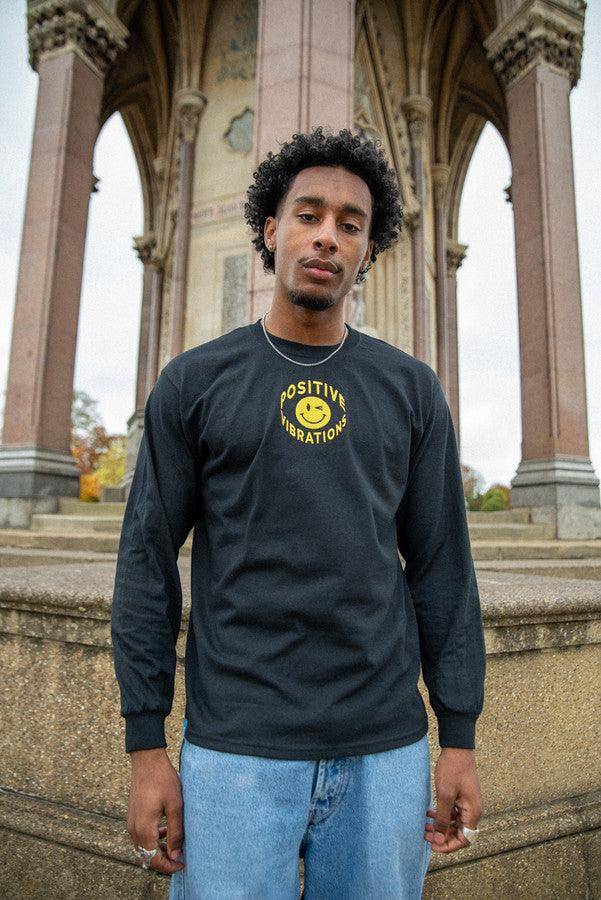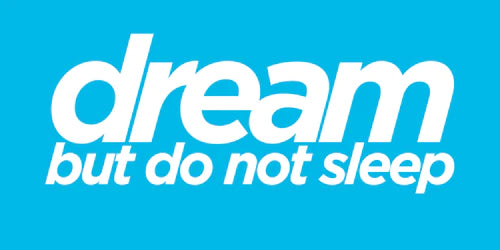
How UK 90s Rave Fashion Defined a Generation
Share
Rave culture in the 1990s was more than just a music movement; it was a full-fledged subculture that transformed the UK fashion scene, setting the stage for the streetwear trends we see today. In this blog post, we'll delve deep into the history of UK rave fashion, charting its evolution from the early days to contemporary streetwear. We'll highlight the key styles and trends that defined a generation and discuss how modern UK streetwear brands are still influenced by the vibrant aesthetic of the 90s rave scene.
Introduction to UK 90s Rave Fashion
The UK rave scene of the 90s was born out of a desire for freedom and self-expression, heavily linked with dance music and the underground scene. Techno, house, and drum and bass beats not only dominated the airwaves but also set the rhythm for an eclectic fashion style known for its boldness and individuality. UK 90s rave fashion was distinguished by its use of bright colours, oversized fits, and iconic rave symbols, including the smiley face motif that has become synonymous with the era.
The impact of this cultural movement is still felt today as modern streetwear brands continue to draw inspiration from this vibrant past. Let's explore how UK rave fashion history has evolved and its continuing influence on today's fashion landscape.
Key Historical Milestones in UK Rave Fashion
The Early Foundations
The late 1980s laid the groundwork for rave culture, with acid house music fuelling the initial wave. Early ravers gravitated towards comfortable and loose-fitting clothing, emphasising a relaxed atmosphere conducive to dance and movement. Neon colours, tie-dyes, and DIY elements became staples, embodying the 'anything goes' ethos of the scene.
The Rise of Iconic Rave Clothing
The 1990s saw the rise of iconic rave clothing elements such as baggy trousers, often described as "phat pants," paired with equally loose tops to create a gender-neutral fashion statement. Footwear was dominated by brands offering robust trainers and boots, perfect for dancing through the lengthy hours of a rave.
Rave-goers also embraced accessories like bucket hats, goggle glasses, and glow sticks, which added to the visual spectacle. The rave fashion UK scene was not just about looking good; it was about standing out and showcasing individuality.
The Smiley Face Era
The smiley face emblem became an overriding symbol of rave culture, representing positivity and unity. This motif appeared across t-shirts, jumpers, and accessories, making it a key feature of 90s rave fashion that persists to this day. For fashion enthusiasts looking to channel this retro vibe, products like the Long Sleeved T-Shirt in Black With 90s Rave Smiley Embroidery and Navy Fleece 90s Rave Smiley Positive Vibrations Embroidery embody this timeless aesthetic.
DIY and Customisation
One of the hallmarks of UK rave fashion in the 90s was the DIY ethos. Many ravers customised their own outfits, adding patches, bright stitches, and hand-painted designs to create unique looks. This trend has resurfaced in modern streetwear, as noted in Customisation and Personalisation Trends in 2025 Streetwear.
Iconic Styles and Trends
Baggy and Bold
Baggy clothing was not just a statement of comfort but a rebellion against mainstream fashion norms of the era. The exaggerated fits allowed for freedom of movement but also drew attention on the dance floor.
Colourful and Eclectic
Rave fashion in the UK was known for its kaleidoscopic colour palette. Neon yellows, greens, and pinks dominated, embracing a psychedelic approach that was unmistakably bold and unmissable.
Practical Yet Stylish
While aesthetics were a primary concern, functionality played a crucial role. Fabrics that allowed for breathability, durability against the elements, and the rough terrain of outdoor festivals were preferred. The Black Fleece Gilet With 90s Rave Smiley Embroidery is a modern nod to this blend of practicality and style.
Accessories Galore
Accessories were just as important as clothing. They added an extra flair and were often used to enhance one’s individuality. Items such as chunky jewellery, snapback caps, and kandi bracelets contributed to the overall look.
Modern Influence of Rave Fashion on UK Streetwear
Today's streetwear brands continue to be influenced by the 90s UK rave fashion. The enduring appeal lies in the culture's spirit of rebellion and individuality. As streetwear evolves, designers are increasingly looking back to these roots for inspiration, resulting in collaborations and collections that embrace the bold visuals and DIY customisation of the past. The blog Tracing the Origins of UK Rave Fashion Through the Decades offers further insights into this fascinating journey.
Rave Fashion's Global Reach
Not confined to the UK, rave fashion has left a global impact, influencing regional streetwear trends. Understanding these nuances is key for brands that aim to resonate authenticity with their audience, as explored in another insightful article, Streetwear in 2025: Regional Differences and Similarities.
Conclusion
From underground clubs to mainstream festivals, UK rave fashion of the 90s has proven its staying power, evolving through decades while remaining a beacon of creativity and self-expression. As modern streetwear continues to draw from its vibrant legacy, it's clear that the spirit of the 90s rave will continue to influence fashion for years to come.
For those looking to embrace elements of this iconic era, exploring the collection of Dream But Do Not Sleep products is an excellent starting point. Whether you're drawn to the reimagined smiley graphics or the bold aesthetic statements, there is a bit of rave fashion nostalgia waiting for everyone to explore.
Let the beat of the past set the pace for future fashion adventures, and let your wardrobe reflect the colourful, defiant spirit of the 90s UK rave scene.


